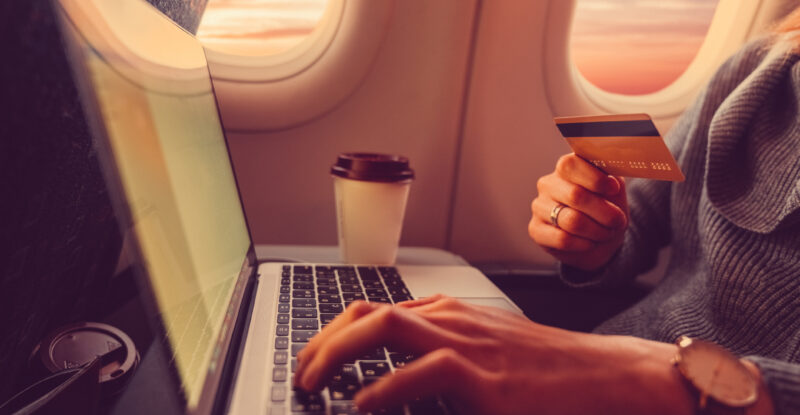Merchandising is a popular buzzword tossed around by airlines worldwide. But as carriers across all business models constantly talk about crafting their respective strategies, one glaring question emerges – do they have a true understanding of merchandising fundamentals?
Delta Air Lines president Ed Bastian recently declared that merchandising – providing customers with a shopping experience that presents products in the best possible light, at the best possible time, and allowing customers to tailor their travel experience – is a key aspect of the carrierʼs strategy to grow its revenue. He cited Delta’s Economy Comfort, first class up-sells and priority boarding as the pillars to this effort.
But even Delta has admitted it is feeling its way through the new merchandising spectrum, saying a few short months ago that the carrier is attempting to “figure out” products the customers preferred to purchase, and how to bring those offerings to the market.
“Airlines are working to better understand what merchandising is, and recognize it is not just about presenting an offer to a customer,” says Atmosphere Research analyst Henry Harteveldt. “Merchandising is a combination of science and art.”
Obviously for most airlines understanding and achieving optimal results from merchandising is unchartered territory, and it seems as if carriers are now using merchandising and ancillary products interchangeably. But the two concepts remain separate.
As airlines shore-up non-ticket or ancillary revenues – domestic US carriers in 2013 raked in $3.5 billion in baggage fees – they now have opportunities to tap customer data to improve merchandising to present various offers or groups of products such as checked bags, meals or preferred seating. “Merchandising is what the airline does to help sell its various ancillary products,” explains Harteveldt. “Airlines realize they need to pay more attention to merchandising.”
At first, he says, their options were limited. “Now, airlines can better tap into their customer data, improve how they present offers, and sell via mobile.”
One key skill airlines need to master is selling the right product at the right time. Harteveldt’s research indicates that, depending on the type of product, 25% to 50% of the selling potential exists after the initial reservation is made. If carriers cannot effectively improve their product merchandising, they risk missed revenue opportunities and becoming less relevant to the customer.
For some carriers, merchandising is a tool that allows companies to transform simple fees into attractive products, says Harteveldt. He cites Alaska Airlinesʼ Baggage Service Guarantee that pledges baggage delivery within 25 minutes of a flightʼs arrival. If the carrier falls short of that goal, Alaska awards loyalty miles and a discount off a future flight. During 2013, Alaska increased its charge for a first checked bag from $20 to $25, and estimated the increase would fetch an additional $40 million in revenue annually.
Harteveldt believes Alaska effectively merchandises the baggage charge and the associated delivery guarantee by alerting passengers of its pledge during check-in, booking and even at baggage claim.
Other airlines could benefit from Alaskaʼs strategy in developing methods to become more attuned to impulse purchases by passengers. Harteveldt cites the example of offering a premium meal for sale 48 hours prior to a flight at a price of $9.99, and perhaps raising the cost to $18.99 on the day of departure.
Retailers, of course, have a all-encompassing understanding of merchandising because it is their livelihood. Those companies have so much data available it allows for the creation of targeted offers. “Amazon understands merchandising not from the aesthetic standpoint, but from the data standpoint,” explains Harteveldt. Airlines are “working on that”, taking advantage of widely used channels like mobile for cross-sells and up-sells for products closer to departure.
Even as airlines attempt to increase their sophistication of merchandising, the effects to their respective bottom lines remain crystal clear. United Airlines believes it will generate roughly $3 billion in ancillary revenue in 2014, no doubt driven in part by expanding its understanding of merchandising.
Featured image credited to istock.com/martin-dm











